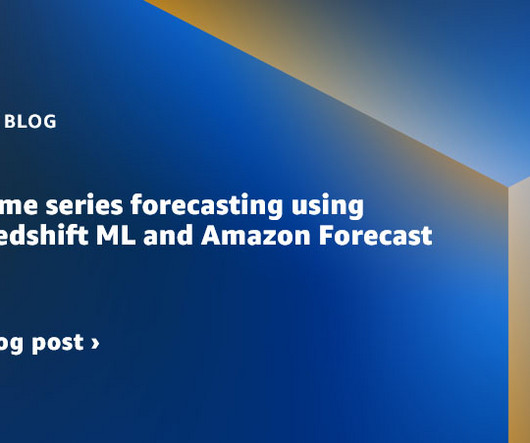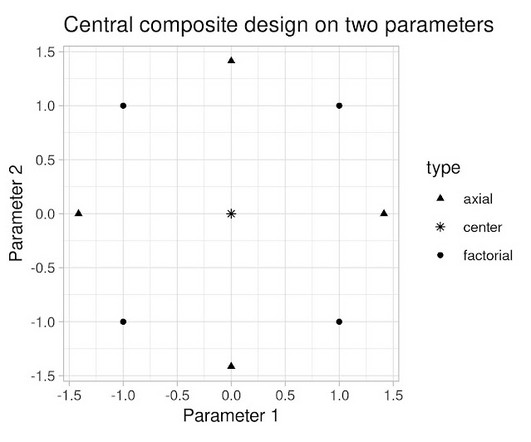10 Ways Organizations Can Prepare for Changes Brought on by the IoT
Smart Data Collective
FEBRUARY 23, 2022
Many companies are going to have to revamp their entire business models in order to deal with the new technological changes brought on by advances in the IoT. We have many examples of companies that refuse to previous changes in the market and eventually collapse because of their persistent attachment to an old-fashioned business model.


















Let's personalize your content